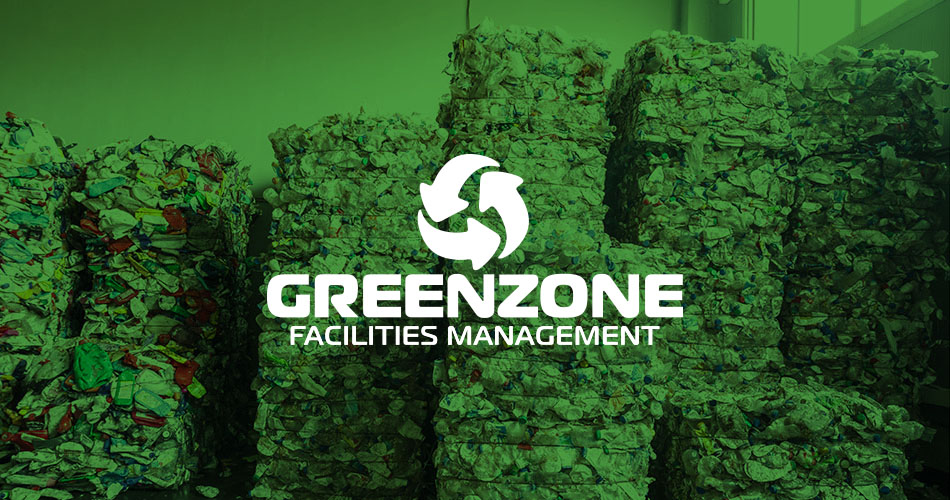Compilers Dirk E. Hebel, Marta H. Wisniewska and Felix Heise looked into the worlds of architecture, construction, and the delightfully named field of “garbology” to find new and exciting materials made out of stuff you’d normally find at a landfill site. Their book argues that, in future, we could end up re-using pretty much everything, as we did back when all waste was organic.
This could come in handy if, as is predicted, our municipal waste output doubles by 2025. As Mitchell Joachim, one of the book’s contributors, puts it:
The future city makes no distinction between waste and supply.
So, here are our favourite waste-based materials featured in the book.
NewspaperWood
This design comes from Norway, where over 1m tonnes of paper and cardboard are recycled every year. The wood is created by rolling up paper and solvent-free glue to create something not dissimilar to a log, then chopping it into usable planks. The wood can then be sealed so it’s waterproof and flame-retardant, and used to build anything you would normally build with woodNappy Roofing
Good news: something can be salvaged from all those nappies and sanitary products we throw away, even though they’re, well, really gross. Special recycling plants separate out the polymers from the, er, organic waste, and these polymers can then be used to create fibre-based construction materials.
Recy Blocks
These colourful bricks are made from old plastic bags, which are notoriously difficult to recycle in any other way. Recycled bags or plastic packaging are placed in a heat mold, and forced together to form the blocks. They’re too lightweight to act as load-bearing walls, but can be used to divide up rooms or outdoor areas.
Orginal Source

